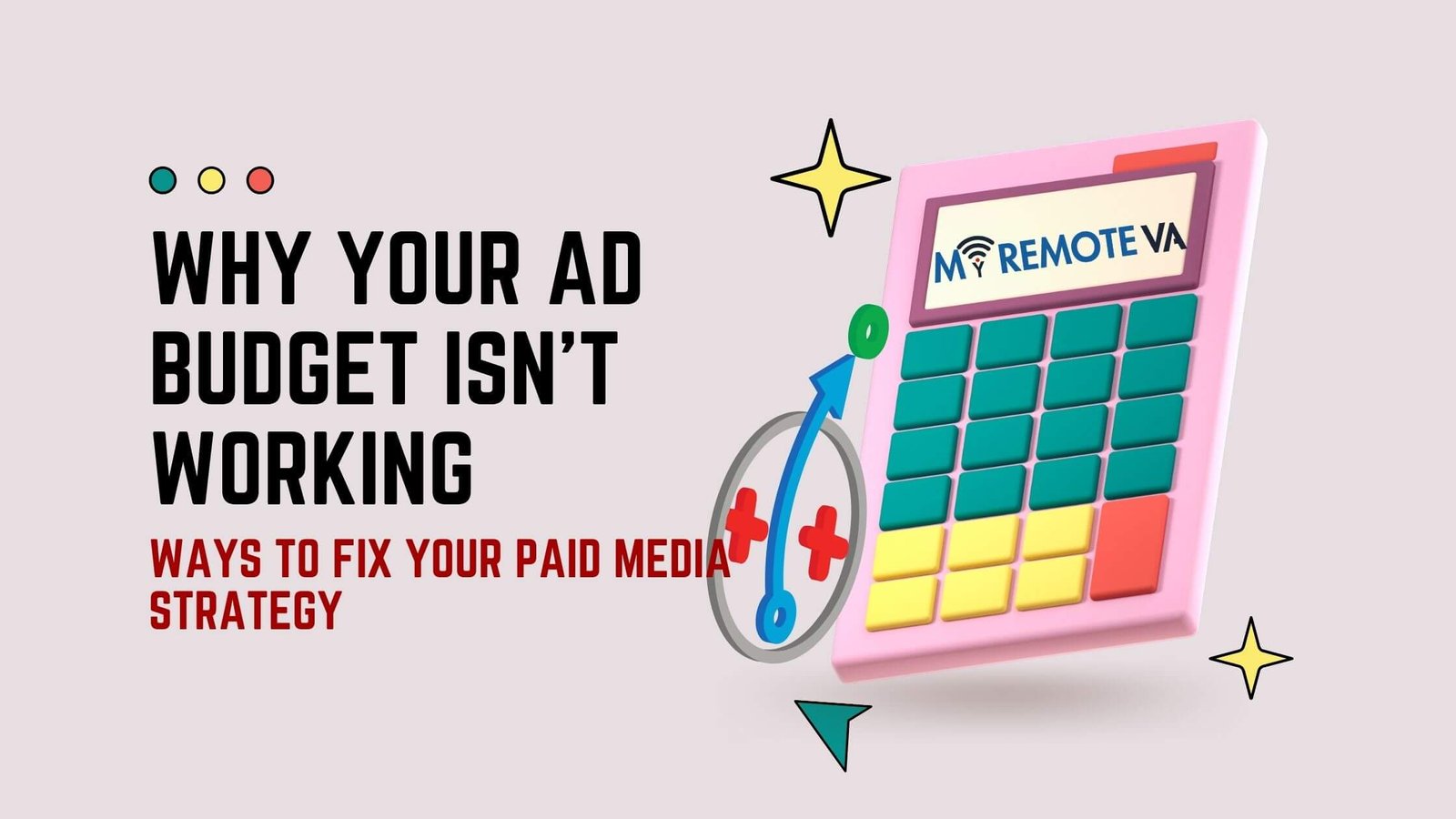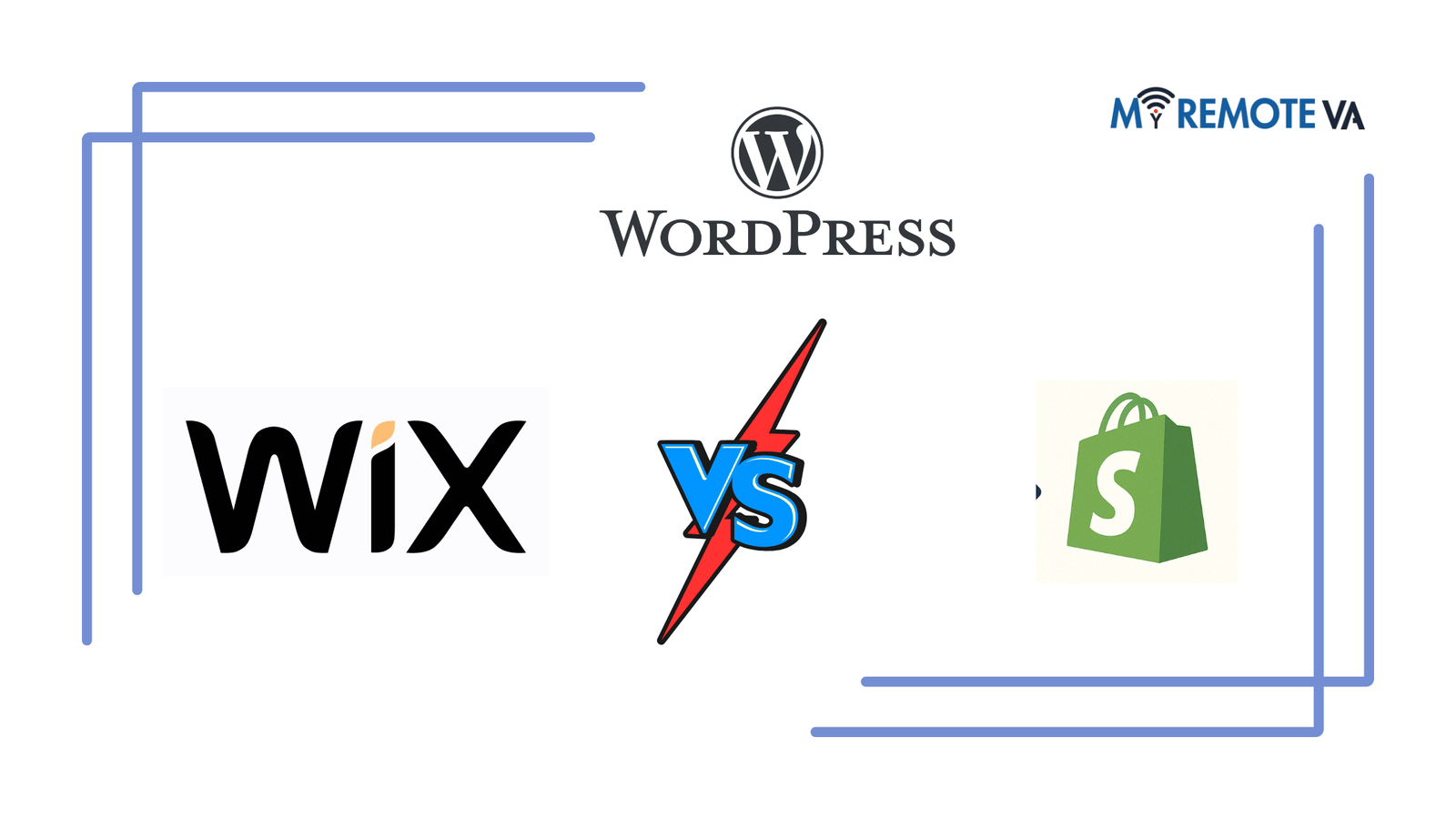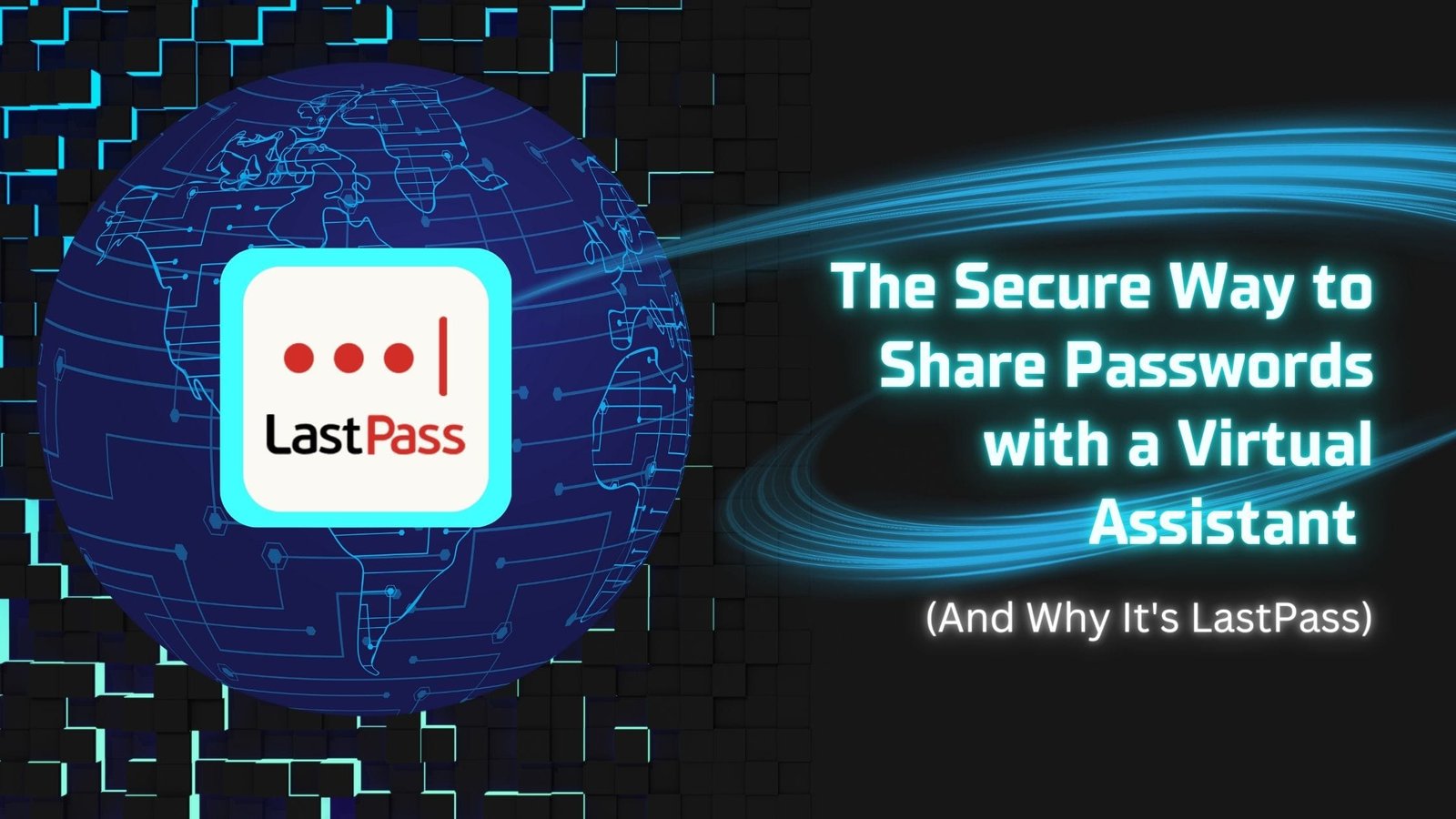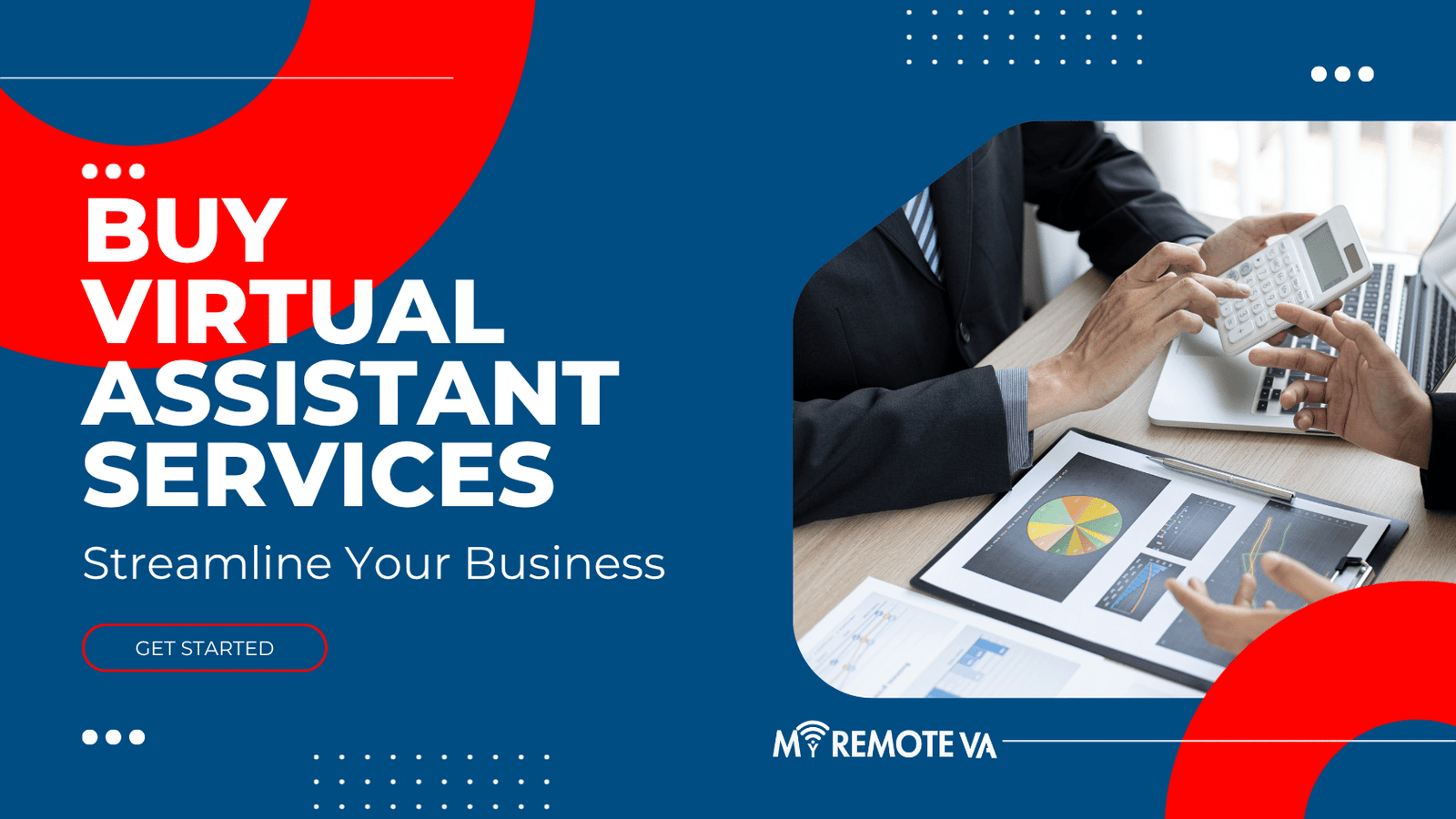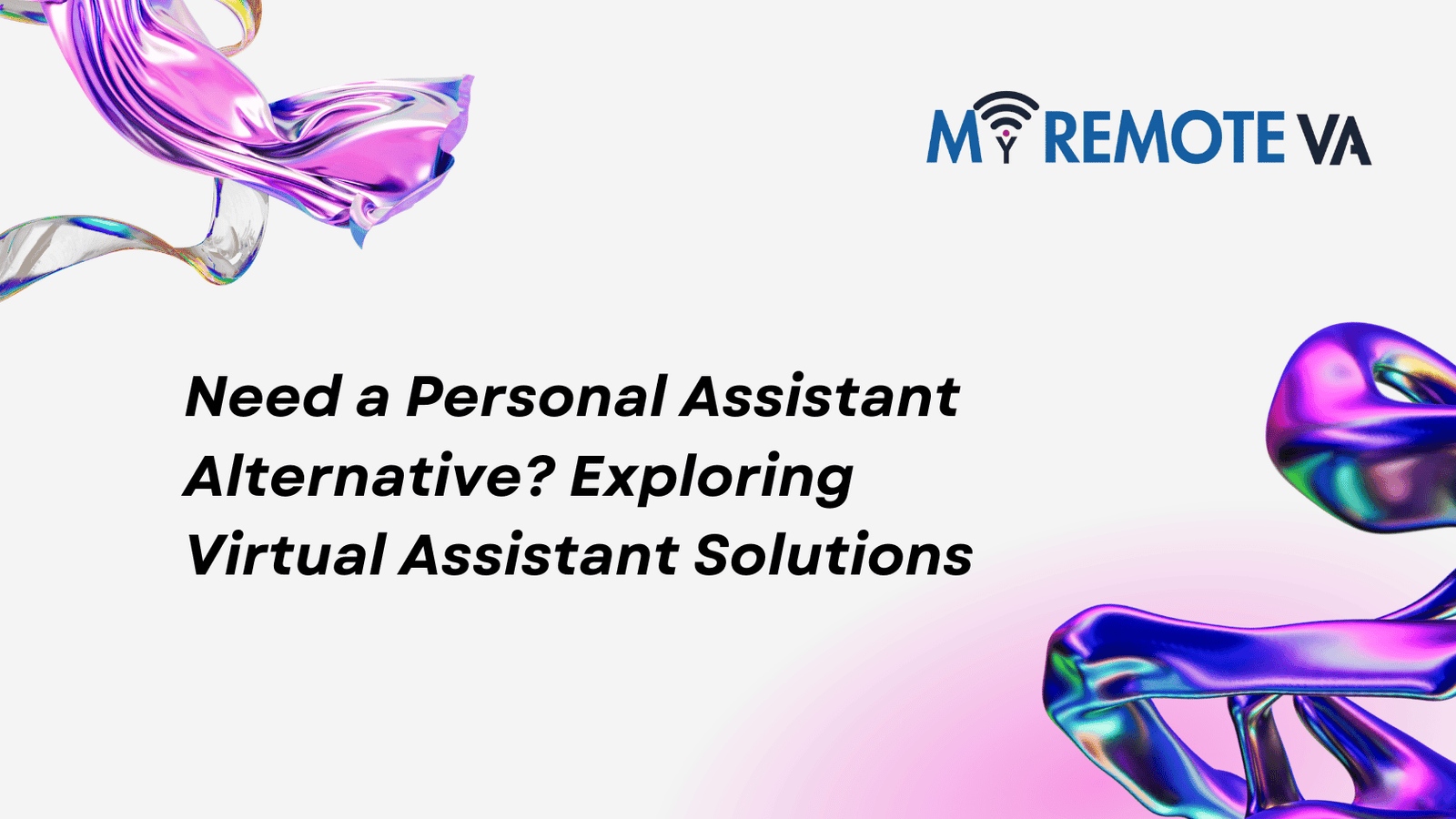You know that feeling when you’re scrolling through your feed and you see an ad that feels… perfect? Like, it’s exactly what you were just talking about with a friend, or it solves a problem you didn’t even realize you had? That’s not a coincidence. That’s a killer paid online advertising strategy at work. It’s the difference between throwing your marketing budget into a black hole and making a smart, targeted investment that actually pays off.
- What Exactly is an Online Paid Advertising Strategy?
- The First Step: Know Your Destination Before You Start the Engine
- Finding Your Tribe: Meticulous Audience Targeting
- Choosing the Right Battlegrounds for Your Paid Media Strategy
- Budgeting and Bidding: Spend Smarter, Not Harder
- The Magic of the Pixel: Tracking and Optimization
- Final Touches: Crafting Ads That Resonate
I remember when I first started my own little side hustle. I thought paid ads were just for big corporations with unlimited money. I figured I’d just post on social media and the customers would find me. Spoiler alert: they didn’t. After weeks of radio silence, I decided to try a “boosted” post with a whopping twenty bucks. I aimed it at a super broad audience, crossed my fingers, and waited. The likes rolled in, but the sales? Zero. Zip. Nada. It felt like I’d just paid twenty dollars for some fleeting digital applause. That moment was a huge wake-up call. It made me realize that a successful paid media strategy isn’t about how much you spend; it’s about how smart you spend it.
It’s about having a clear plan, understanding your audience on a deep, human level, and using the right tools to get your message in front of the people who actually need to hear it. This isn’t just about clicks and impressions; it’s about real, tangible results for your business. So, if you’re ready to stop guessing and start growing, let’s talk about how to build a paid advertising strategy that’s anything but a shot in the dark.
What Exactly is an Online Paid Advertising Strategy?
At its core, a paid online advertising strategy is a deliberate and well-thought-out plan for using digital advertising platforms to hit specific business targets. It’s the roadmap for your paid marketing efforts. It’s not just about setting up a Google Ad campaign or running an ad on Facebook. It’s about a bigger picture, a cohesive approach that ties everything together. The goal is to move beyond just getting eyes on your content and focus on what truly matters: conversions, leads, and a healthy return on investment (ROI).
This strategy is what turns your ad budget from a cost center into a profit generator. It involves setting clear objectives, figuring out who your ideal customer is, choosing the right platforms to find them, and constantly refining your approach based on data. When it’s done right, your audience won’t feel like they’re being advertised to; they’ll feel like they’ve found the solution to a problem they were actively searching for. It’s about being helpful, not just being present.

The First Step: Know Your Destination Before You Start the Engine
Before you even think about writing ad copy or setting a budget, you have to know what you want to achieve. What’s the ultimate goal of your campaign? Are you trying to get more people to know your brand, or are you trying to get them to buy something? Your objective dictates everything else you do.
- Building Brand Awareness? If your business is new, your goal might be to simply get your name out there. You’ll measure success by how many people see your ad, not necessarily by who clicks on it.
- Need More Website Traffic? Maybe you have a great blog or a valuable tool and you just need more visitors. Your focus will be on getting clicks, so you’ll track metrics like click-through rate (CTR).
- Looking for New Leads? For service-based businesses, this is huge. You’ll be aiming to get people to fill out a form, download a guide, or sign up for a newsletter. Your key metric will be cost per lead (CPL).
- Driving Direct Sales? For e-commerce, this is the main event. You’re measuring success by actual purchases and your return on ad spend (ROAS).
Once your goal is crystal clear, you can build a more effective and efficient paid online advertising strategy around it. Every ad, every keyword, and every dollar spent will be working toward a measurable outcome.
Finding Your Tribe: Meticulous Audience Targeting
This might be the single most important part of any successful paid advertising campaign. It’s not about blasting your message to everyone; it’s about whispering it to the right people. You need to know your audience better than they know themselves. Who are they? What are their demographics, their interests, and, most importantly, their problems? This goes beyond surface-level information. For a virtual assistant agency, your audience isn’t just “busy entrepreneurs.” It’s more like “small business owners who are drowning in administrative tasks, likely between the ages of 35-55, and are active on platforms like LinkedIn and professional forums.”
This detailed understanding of your audience allows you to not only choose the right platforms but also craft your ad copy using their language. Think about the specific phrases they’d type into a search engine. When you use those natural language terms and keywords, you’re not just showing up in a search result; you’re proving you understand their pain points. This is where a well-executed paid advertising strategy truly starts to feel less like an ad and more like a solution.
Choosing the Right Battlegrounds for Your Paid Media Strategy
Your audience is out there, but where? There are so many platforms, and each one has its own vibe and its own strengths. A smart paid media strategy rarely relies on just one channel. The key is to create a strategic mix that reaches your ideal customer at different points in their online journey.
Search Engine Marketing (SEM)
This is for those high-intent moments. When someone is actively searching for a solution, like “remote administrative assistant” or “outsource daily tasks,” your ad can be right there at the top of Google or Bing. This kind of paid search advertising is incredibly effective because you’re meeting the customer exactly where they are—looking to buy. Keywords are king here, so make sure yours are relevant and targeted.
Social Media Advertising
Social ads on platforms like Facebook, Instagram, and LinkedIn are incredible for building brand awareness and generating leads. These platforms let you target people based on interests, behaviors, and demographics with an almost spooky level of accuracy. You can reach people who might not be actively searching for your service but would be interested in it. It’s all about creating compelling visuals and copy that grabs their attention as they’re scrolling through their feed.
Display & Native Advertising
Ever feel like an ad is following you around the internet? That’s display advertising, and it’s a powerful tool for retargeting. It keeps your brand top-of-mind for people who have already visited your site but didn’t convert. Native advertising, on the other hand, is designed to blend in seamlessly with the content on a website, so it feels more like a recommendation than an ad. Both are great for keeping your brand in front of potential customers over time.


Budgeting and Bidding: Spend Smarter, Not Harder
This is the part that makes a lot of people sweat. How do you allocate your budget without blowing it all on a losing campaign? The key is to think of it as a small, controlled experiment. Start with a modest budget and test everything. Test different platforms, different ad copy, and different audiences. The goal isn’t to get a huge return right away; it’s to gather data and figure out what works. Once you find a winning combination, you can confidently increase your ad spend because you’re no longer guessing—you’re investing in a proven strategy.
Most ad platforms offer automated bidding, which can be a lifesaver for beginners. It lets the algorithm do the heavy lifting, adjusting bids in real time to get you the best possible results for your budget. The most important thing is to set a daily or lifetime budget cap. That way, you’re always in control and you don’t get hit with a bill that gives you a heart attack.
The Magic of the Pixel: Tracking and Optimization
If you take nothing else away from this, remember this: you can’t improve what you don’t measure. A conversion pixel is a small, simple piece of code you add to your website. It allows the ad platform to track what people do after they click your ad. Did they buy something? Did they fill out a form? Did they just browse and leave? This data is pure gold. It tells you exactly which of your paid media campaigns are working and which are just burning money.
This data also enables one of the most powerful strategies out there: retargeting. Imagine someone adds your product to their cart but gets distracted and leaves. That pixel allows you to show them an ad later that says, “Hey, you forgot something!” It’s a gentle, timely reminder that can dramatically increase your conversion rate. Without a pixel, you’re flying completely blind. With it, you can make smart, data-driven decisions that turn clicks into cash.
Final Touches: Crafting Ads That Resonate
You’ve laid the groundwork, and now it’s time to build something beautiful. The ad creative—the copy and visuals—is your chance to connect with your audience on a personal level. Here are a few tips to make your ads shine:
- Write a Headline That Stops the Scroll: Your headline is your one shot to grab attention. Make it clear, compelling, and benefit-driven. Don’t just state what you do; tell them how you’ll make their life better.
- Use Stunning Visuals: The ad platform’s feed is a sea of information. An eye-catching image or video is what gets a user to stop and pay attention. Don’t skimp here.
- Have a Clear Call-to-Action (CTA): Tell your audience exactly what to do next. “Shop Now,” “Learn More,” or “Get Your Free Quote” removes any doubt about the next step.
- Always A/B Test: Never assume you know what will work best. Run different versions of your ad with different headlines, images, or CTAs. The results might surprise you and could lead to a huge boost in performance.
By treating your paid online advertising strategy as a continuous cycle of planning, testing, and optimizing, you can move beyond costly mistakes and start building a reliable, scalable system for growth. It’s about being deliberate with every single dollar and making sure your ads are working hard for you, not the other way around.
Frequently Asked Questions About Paid Ads
What’s the difference between PPC and SEM?
This is a common question! Think of it like this: SEM (Search Engine Marketing) is the big umbrella. It includes any strategy to get visibility on search engines, like both paid ads and organic SEO. PPC (Pay-Per-Click) is a specific type of payment model under that umbrella, where you pay each time someone clicks on your ad. So, while all PPC is a part of SEM, not all SEM is PPC.
How do I know if my paid advertising strategy is successful?
The best way to measure success is by looking at your return on investment (ROI). Are you making more money from the ads than you’re spending? Also, keep an eye on your key performance indicators (KPIs) like conversion rate, cost per acquisition (CPA), and click-through rate (CTR). If you have a low CTR, your ad might not be compelling enough, but if you have a low conversion rate, your landing page might be the problem. It’s all about connecting the dots.
How much budget should I start with for paid advertising?
You don’t need a huge budget to start. The best approach is to start with a small, test budget and see what kind of results you get. Platforms like Google and Facebook allow you to start with daily budgets as low as a few dollars. The most important thing is to use that initial spend to gather data and prove your concept before you decide to scale up.
What is retargeting and why is it so important?
Retargeting is the practice of showing ads to people who have already visited your website or interacted with your brand. Think of it as a second chance to convert a warm lead. It’s incredibly important because it’s often more cost-effective to get a conversion from someone who is already familiar with your brand than from a completely new customer. It keeps your business top-of-mind and can be the final push someone needs to make a purchase.

